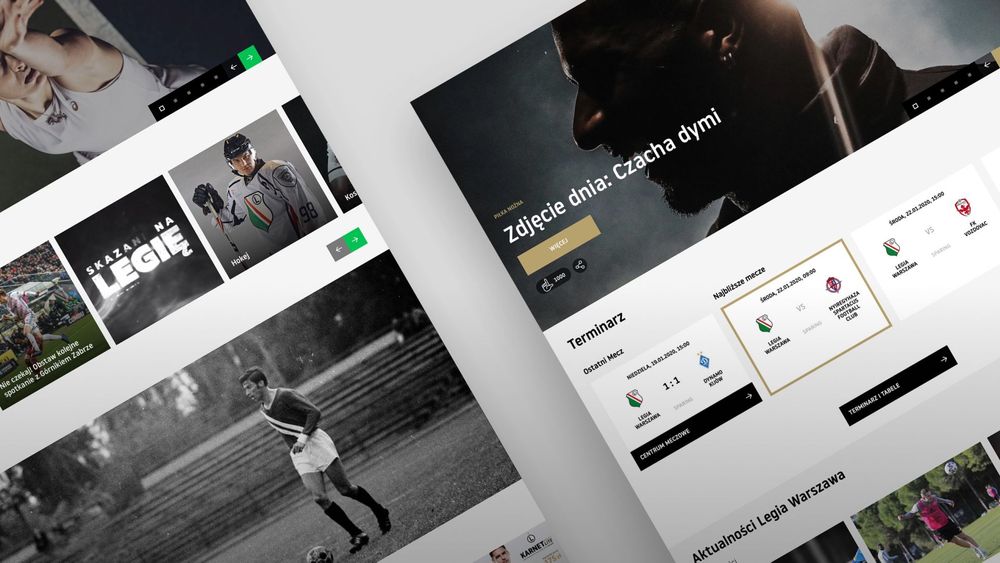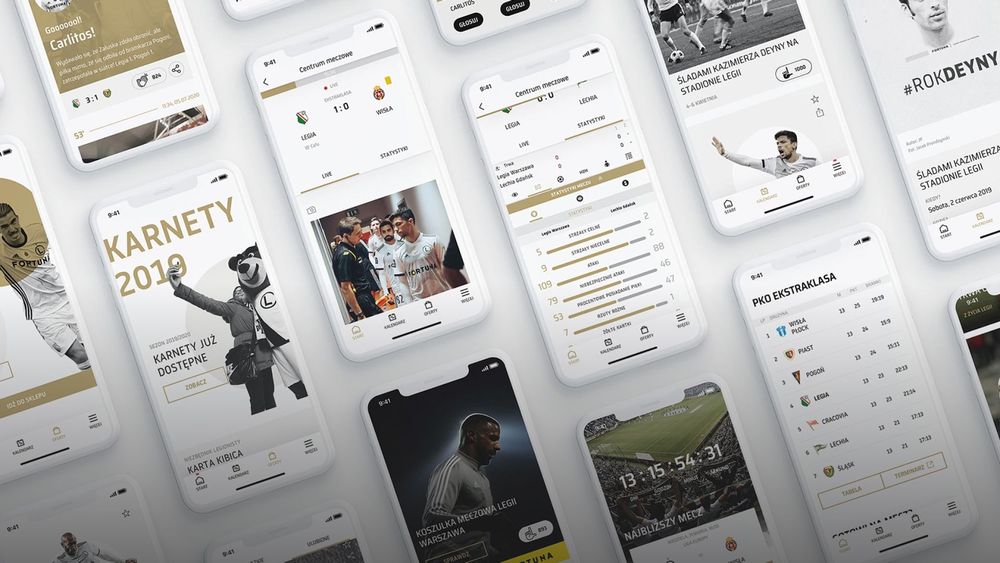
Optimizing Operations With a Thorough Pre-implementation Analysis
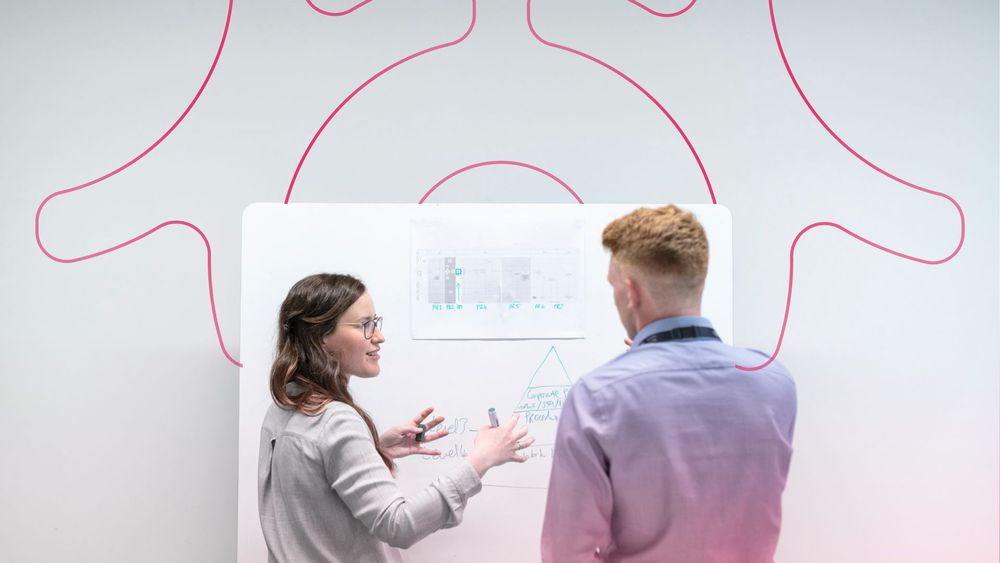
Client
Aerotunel, operating under the brand FlySpot, is a leading indoor skydiving business in Europe. With locations in Wrocław, Warszawa, Katowice, and Gdańsk, they offer customers the chance to experience free-fall and levitation in specially designed wind tunnels. Additionally, their sister brand, DeepSpot, provides opportunities for freediving or scuba diving in Europe's deepest pool. Aerotunel also boasts ownership of a full-size Boeing 737 simulator. Committed to delivering top-notch service through investment in cutting-edge technology, they selected hero/dot as their new business and technology partner.
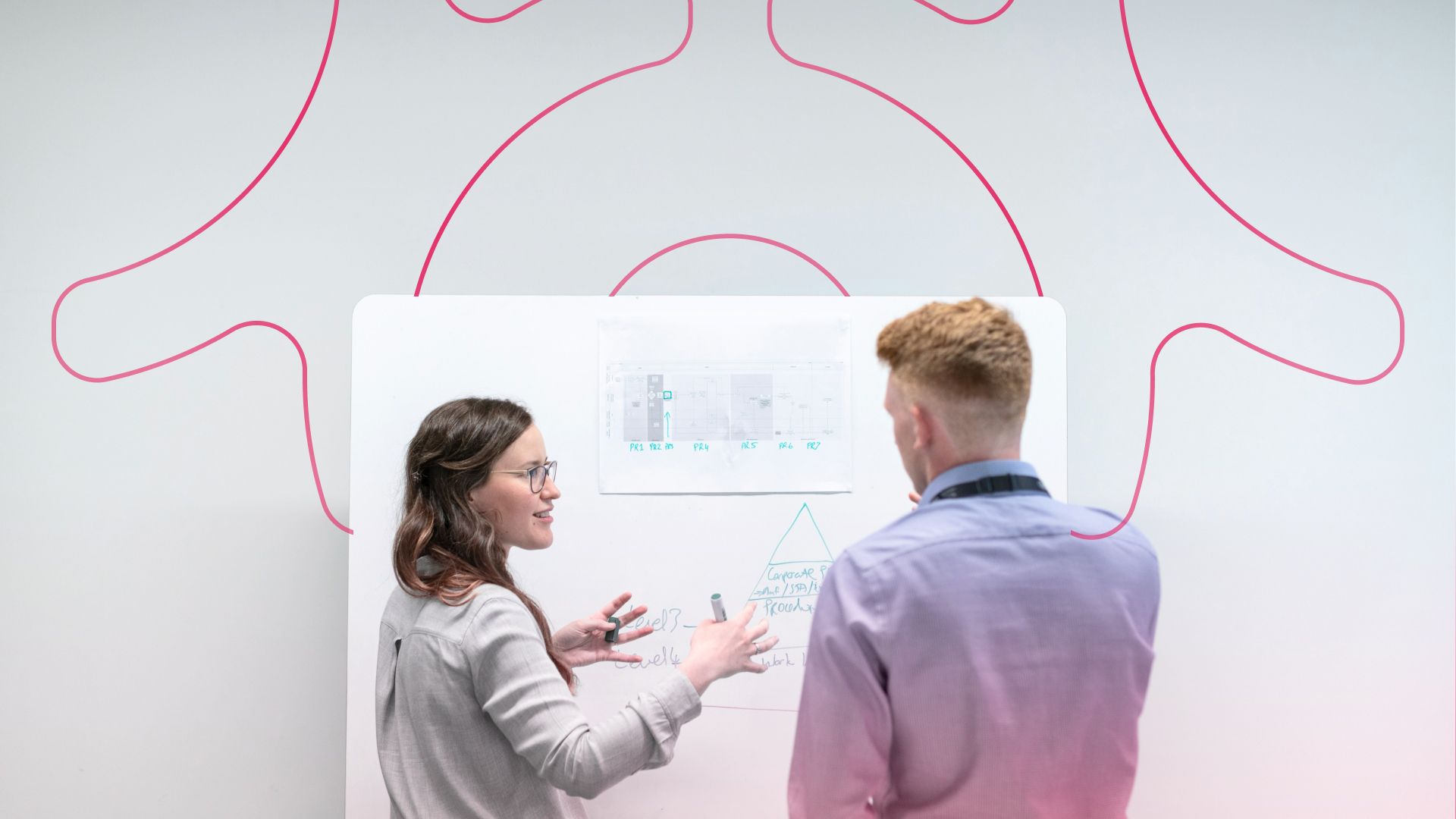
Challenge
The project aimed to identify issues within Aerotunel's system and create an actionable plan for its transformation. While most of our pre-implementation analysis cases focus on new digital products, in FlySpot's case, we had to analyze an existing IT infrastructure — and one with a long development history. This presented significant challenges related to legacy software transformation, most notably:
- High complexity: The system, developed iteratively for over a decade, became a complex, intricate structure with many dependencies. What’s more, it is built upon obsolete technologies that aren’t compliant with the current standards.
- Technical debt: Rapid development led to bypassing certain functionalities and using less-optimal approaches. This resulted in operational issues and hindered any code refinement attempts.
- Inadequate project documentation: The lack of proper documentation made it difficult for hero/dot's team to understand the system's dependencies within a limited timeframe.
- Third-party integrations: FlySpot utilizes cutting-edge technology that often requires integration with hardware. For example, special RFID tags on safety helmets connect with an antenna on the facility's rooftop to record skydivers in the wind tunnel.
| Development | Design |
|
|
Team
Development
Project Manager
Business Analyst
Tech Consultant
QA Consultant
Design
Product Designer
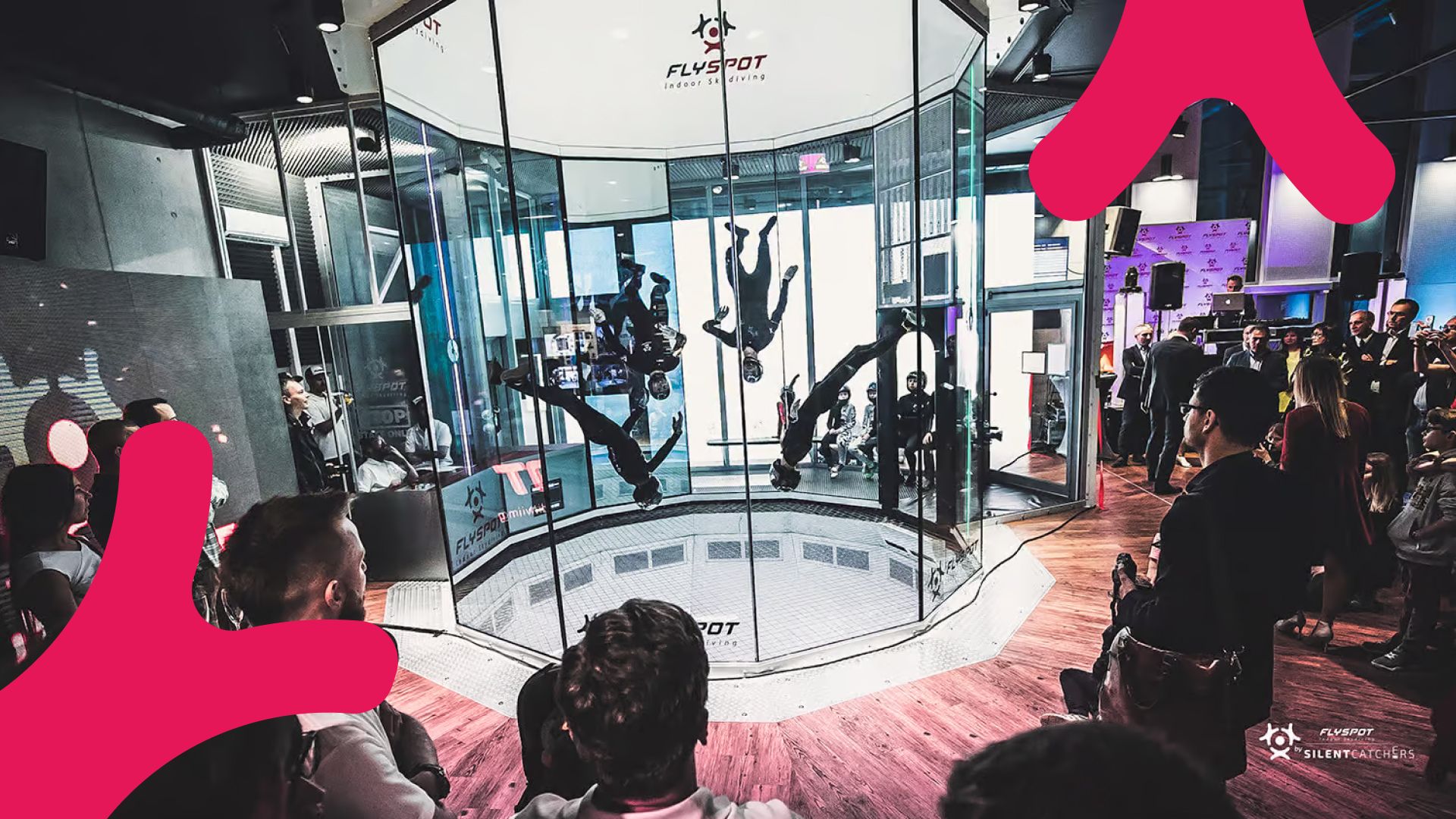
Solution
The pre-implementation analysis focused on two areas of the system's functionality, dedicating almost three months to client workshops, project audits, and preparing recommendations. Business analysts and tech consultants handled the code analysis, while product designers prepared the UX audit, resulting in a holistic overview of FlySpot's IT system.
Technical Analysis
The technical analysis aimed to examine the entire system, covering the user platform, back-office, and integrations. A robust inspection of thousands of lines of code resulted in a document outlining:
- Issues: A list of major issues within the system, such as outdated technologies, operational overload of the database, and lack of testing and CI/CD processes, alongside potential risks.
- Recommendations: Detailed proposal of the most optimal and cost-effective solution to underlying problems, which was to develop a new system from scratch.
- Implementation Plan: A roadmap outlining three main phases, based on a strategy that combines maintenance of the old system with simultaneous development of the new and improved one.
UX Audit
The UX Audit focused on the customer perspective, analyzing the user flow during reservation and payment, including back-office for employees, on both desktop and mobile versions of FlySpot's website. The final document addressed:
- Issues: User pain points and main problems during booking, such as information overload, excessive steps, and design imbalance.
- Solution: A two-stage strategy that involved creating a design system for FlySpot and designing a new booking path based on audit findings and quick wins.
Overcoming Complexity with Pre-Implementation Analysis
The pre-implementation analysis posed a tough challenge, as we had to quickly evaluate a system with a long development history. Understanding the complexity within a limited timeframe proved to be a really demanding, yet necessary task that aided in uncovering the most effective solution.Filip Niedziela
Business Analyst


Results
Recognizing the potential for digital growth in our proposed solution, Aerotunel embraced the recommendation. Thus, the development of FlySpot's new system commenced with hero/dot as the company's new business and technology partner. This case study illustrates that initial ideas aren't always correct. Without the pre-implementation analysis, FlySpot might have allocated resources into patching up their old system. Fortunately, by investing in this phase, we deeply understood their needs, uncovered a more optimal solution, and began developing the system in accordance with the requirements.
Have an innovative idea for a digital product? Contact us now to schedule
a 2-hour-long,
personalized workshop!
Remember, the decision to continue working with us afterwards is entirely up to you.
More case studies
